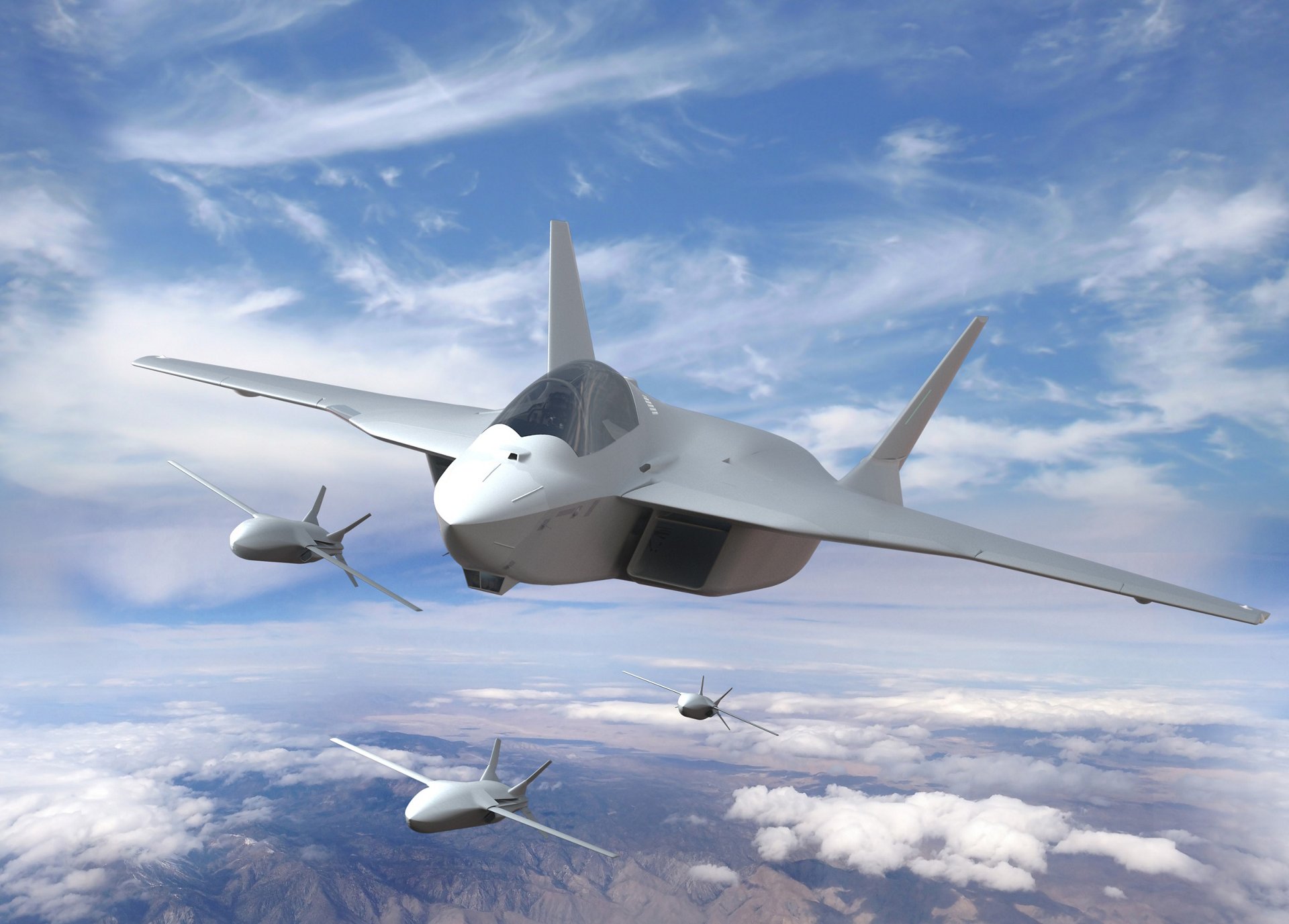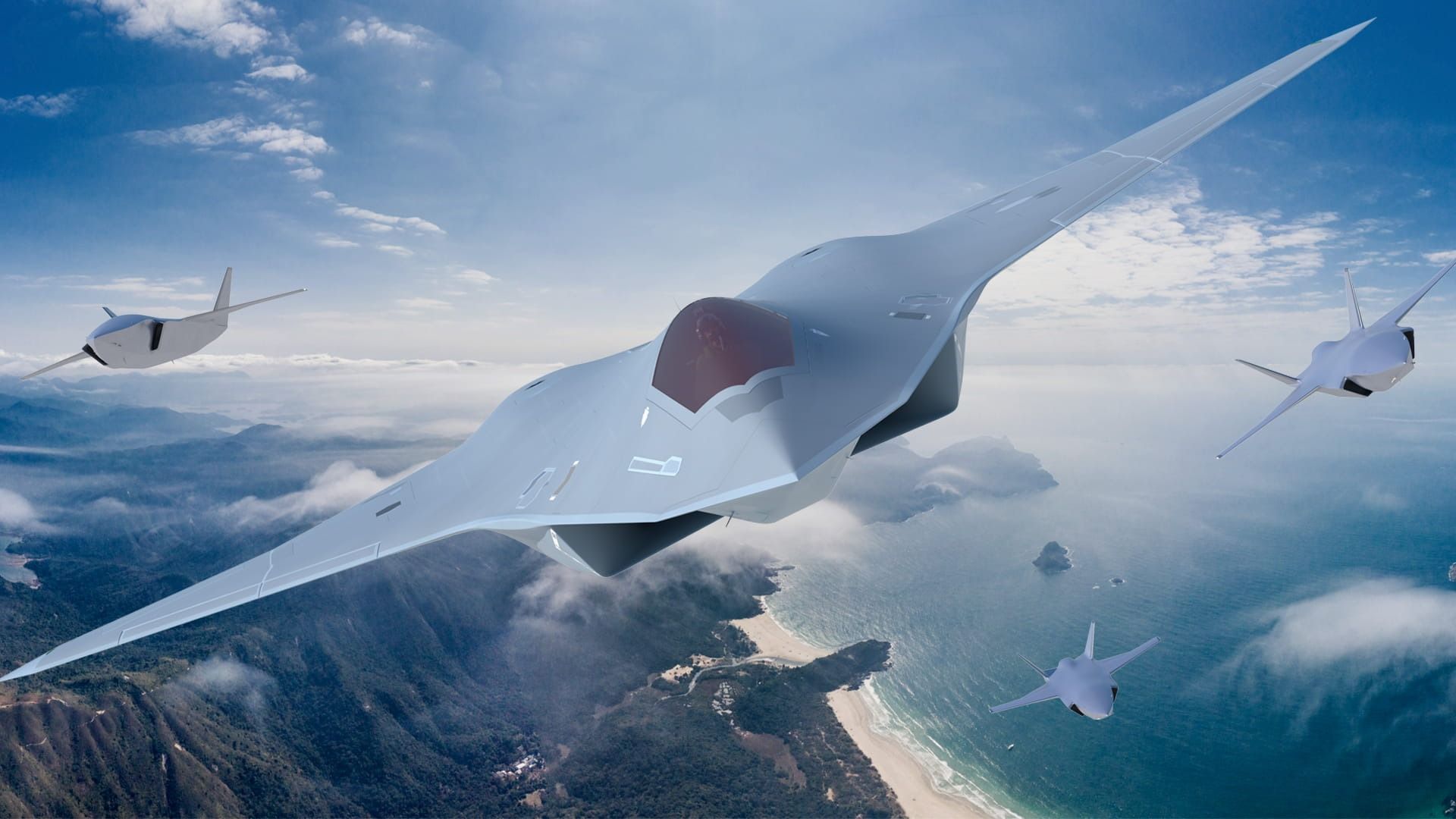In a world where leading nations are vying for global dominance, the future promises to be both intriguing and highly militarized. Just imagine if a time traveler from 2050 were to arrive in our present day. What revelations would they bring? Besides being utterly astonished by what they might perceive as our “archaic” technology, one can only wonder about the tales they’d share concerning the technological advances of 2050.

While many aspects of our daily lives may remain largely unchanged, one sector that has likely undergone a profound transformation is transportation. As we currently witness the emergence of eco-friendly electric cars for short trips, one can’t help but wonder if this trend will extend to trains, ships, and airplanes. Could supersonic and hypersonic speeds become the new norm? What environmental challenges might arise from these shifts in technological preferences? These are but a few of the questions that a time traveler could help us answer.
Now, let’s shift our focus to the realm of military aircraft and take a glimpse into what these formidable machines might look like in the year 2050.

A Brief History of Military Aircraft
Wars were once fought on land and sea until the late 1700s when France used lighter-than-air balloons at the Battle of Fleurus to surveil Austrian troops. This strategy proved so successful that lighter-than-air balloons gained prominence during the American Civil War.
It was not until the Second World War that heavy aircraft became the norm, albeit fraught with flaws and glitches. The key lesson learned was that the nation commanding the most respect would be the one that improved upon these aircraft dramatically, rather than discarding them.

The Wright Model A, purchased by the U.S. Army in 1909, marked the beginning of a significant shift. In the Italo-Turkish War, the Italians employed aircraft extensively for reconnaissance and bomb drops. The Turks, lacking anti-aircraft technology, suffered dearly due to their technological lag.
The First World War witnessed a shift in the role of aircraft, with their deployment evolving to include artillery spotting, bombings, ground attacks, and anti-submarine patrols. It became evident that aircraft were here to stay, and various countries hastened their efforts in aircraft research and development.
After years of progress, one certainty for the future of aircraft stands out: the pivotal role of artificial intelligence.

.






